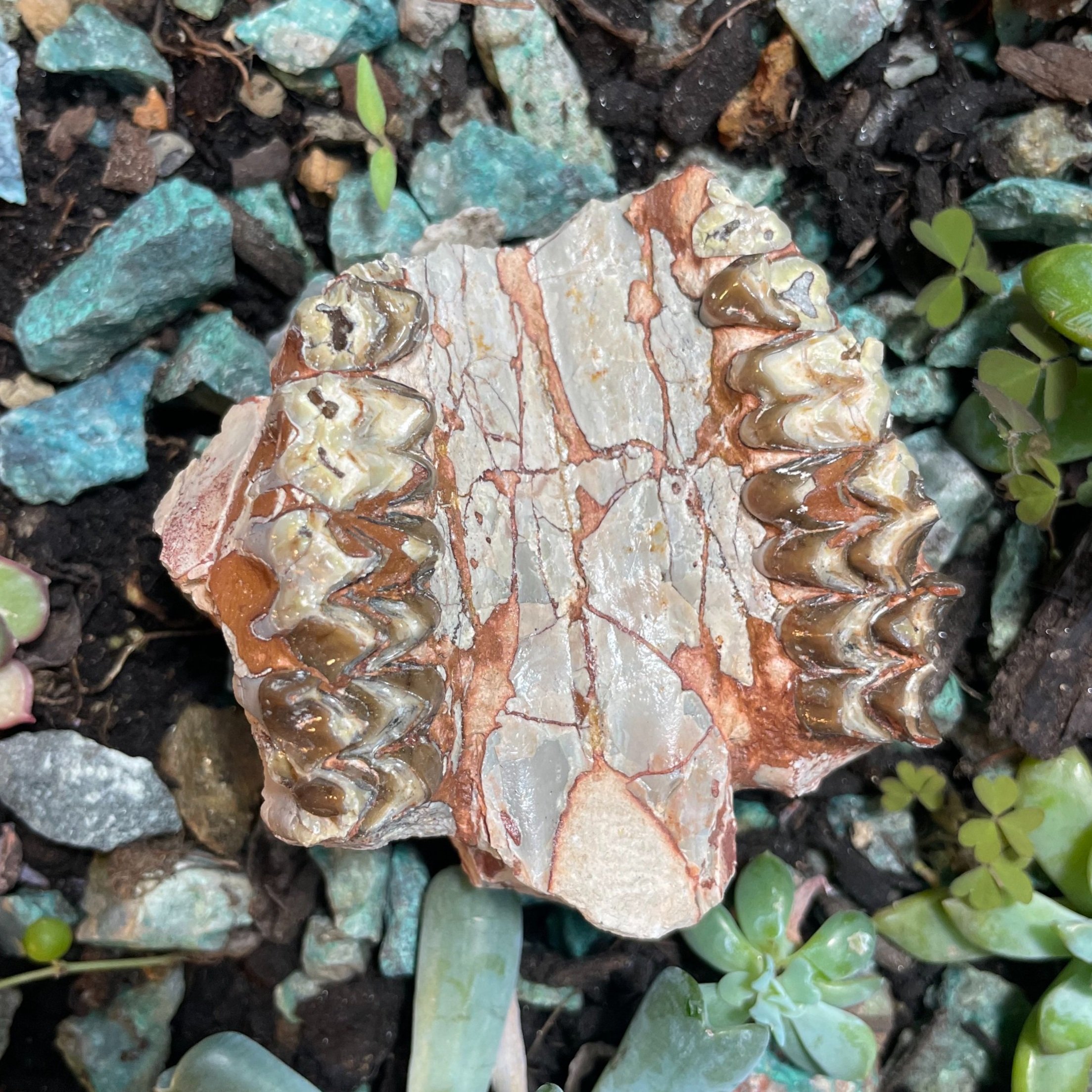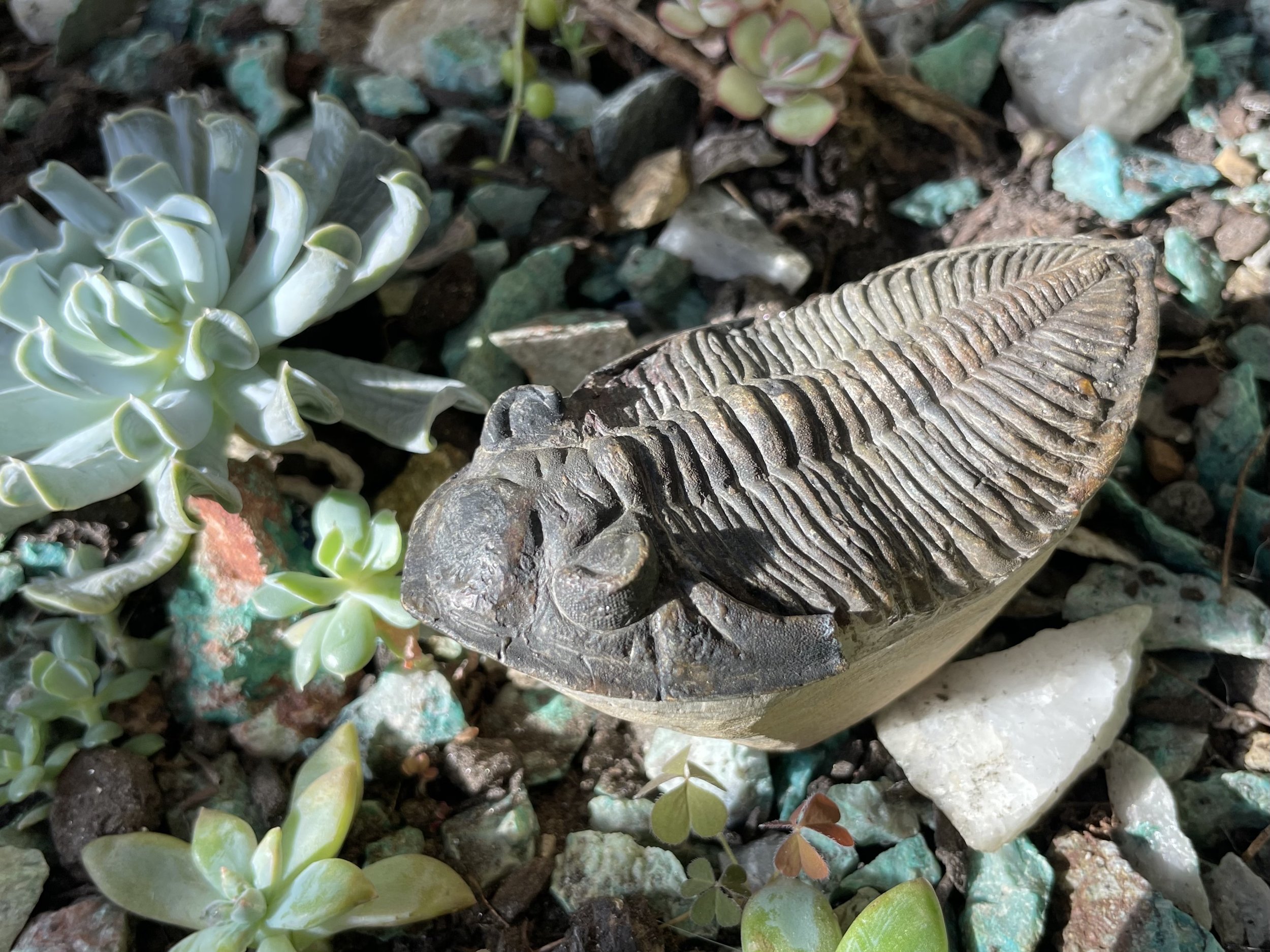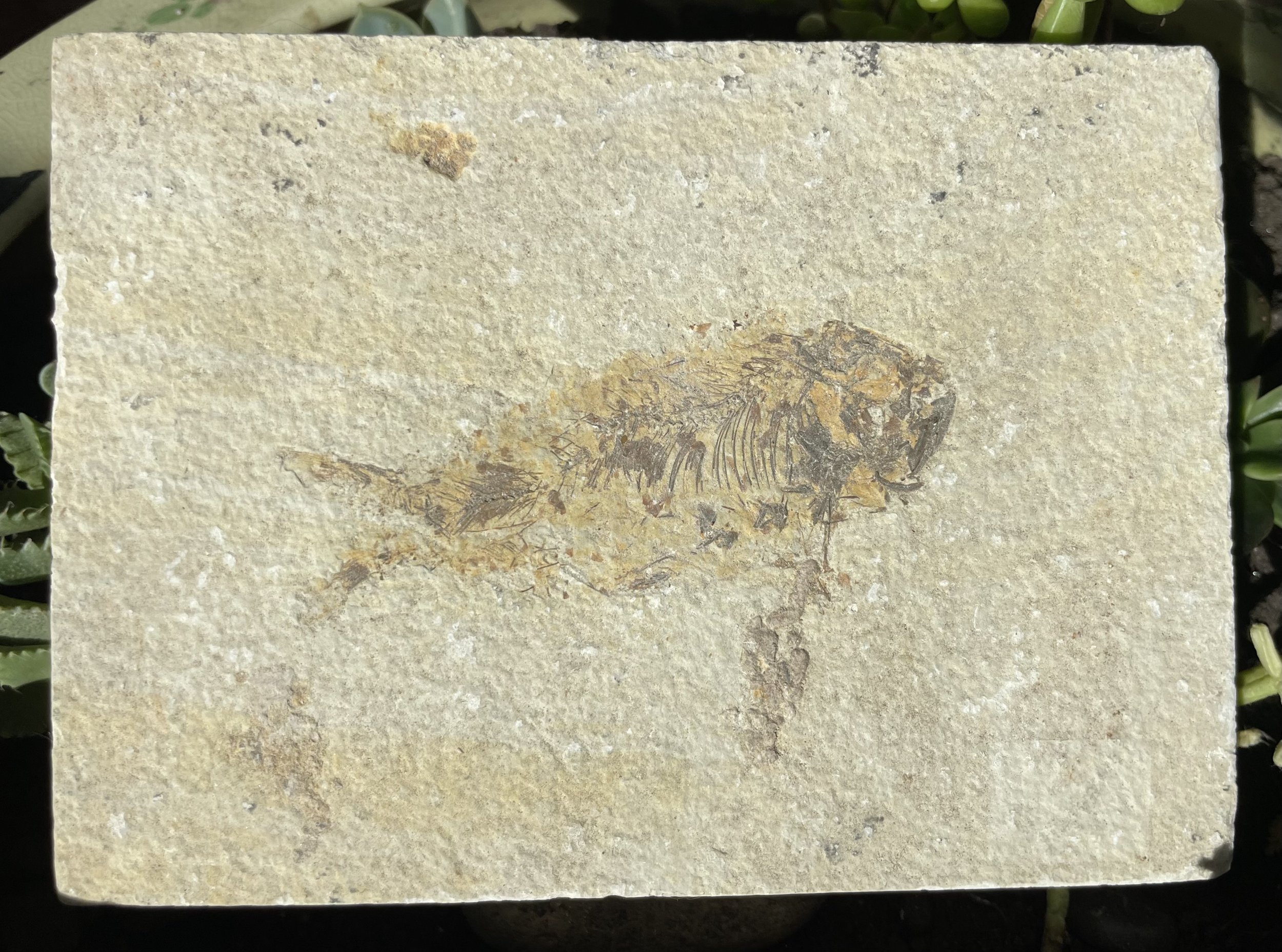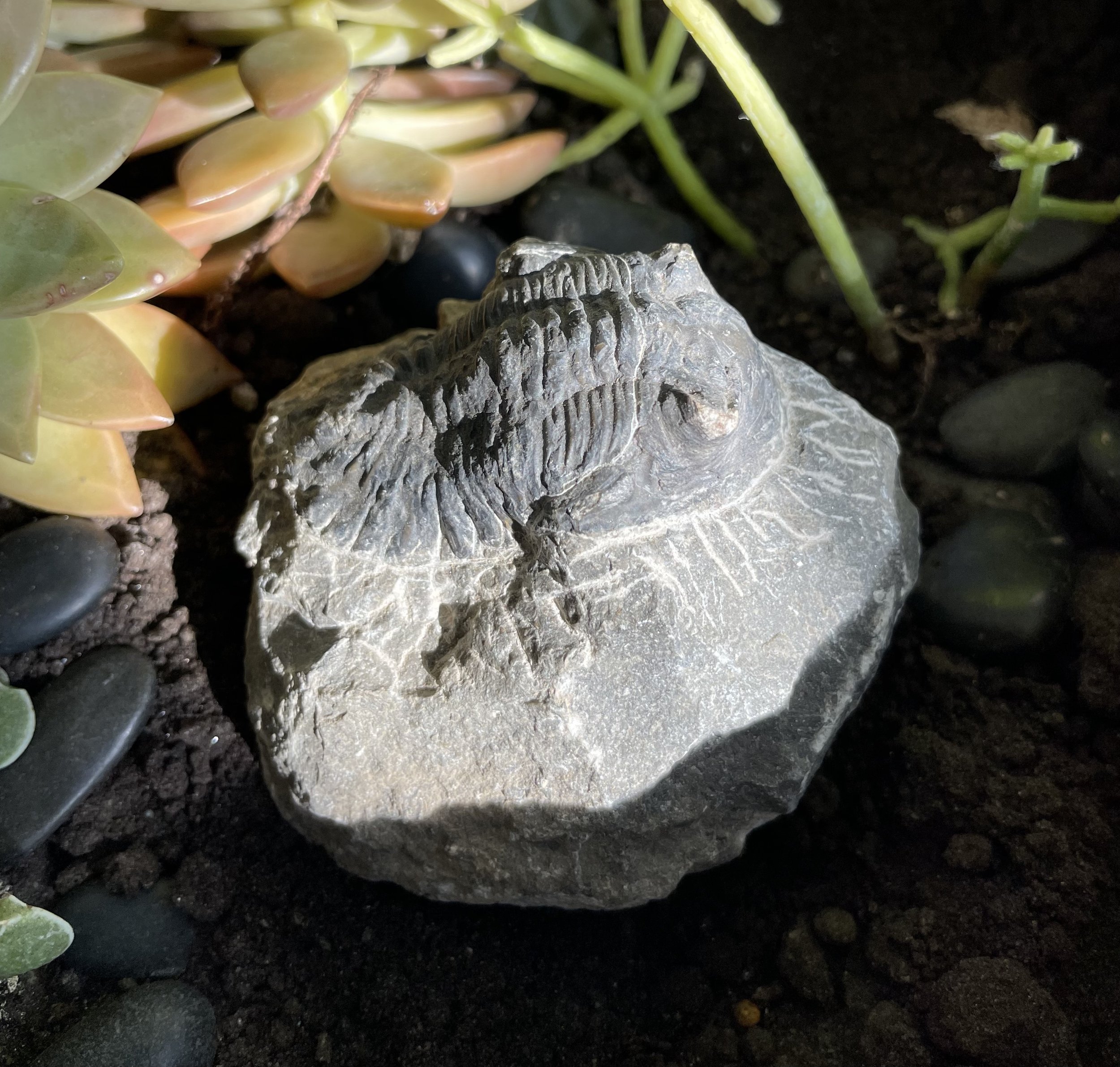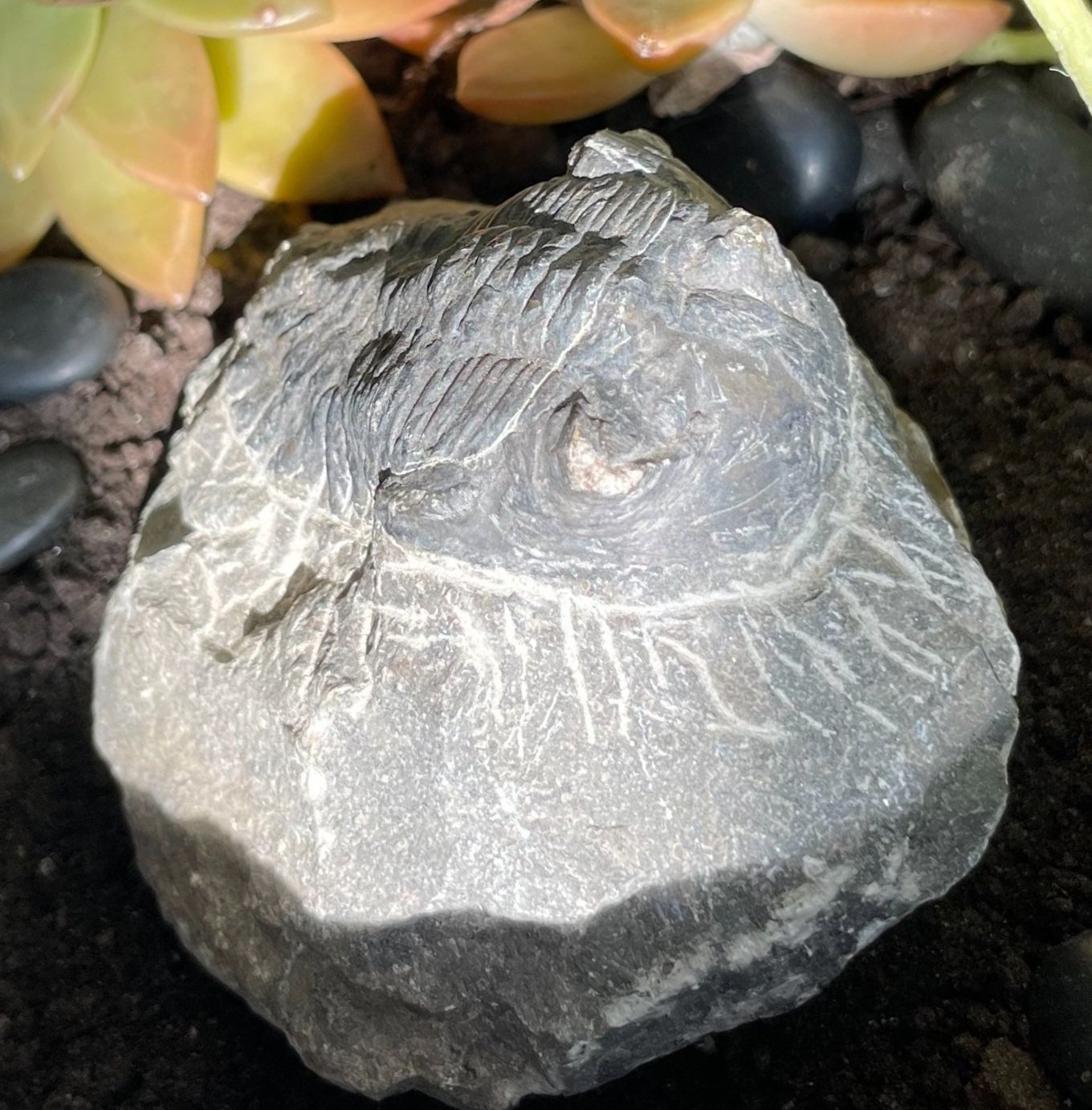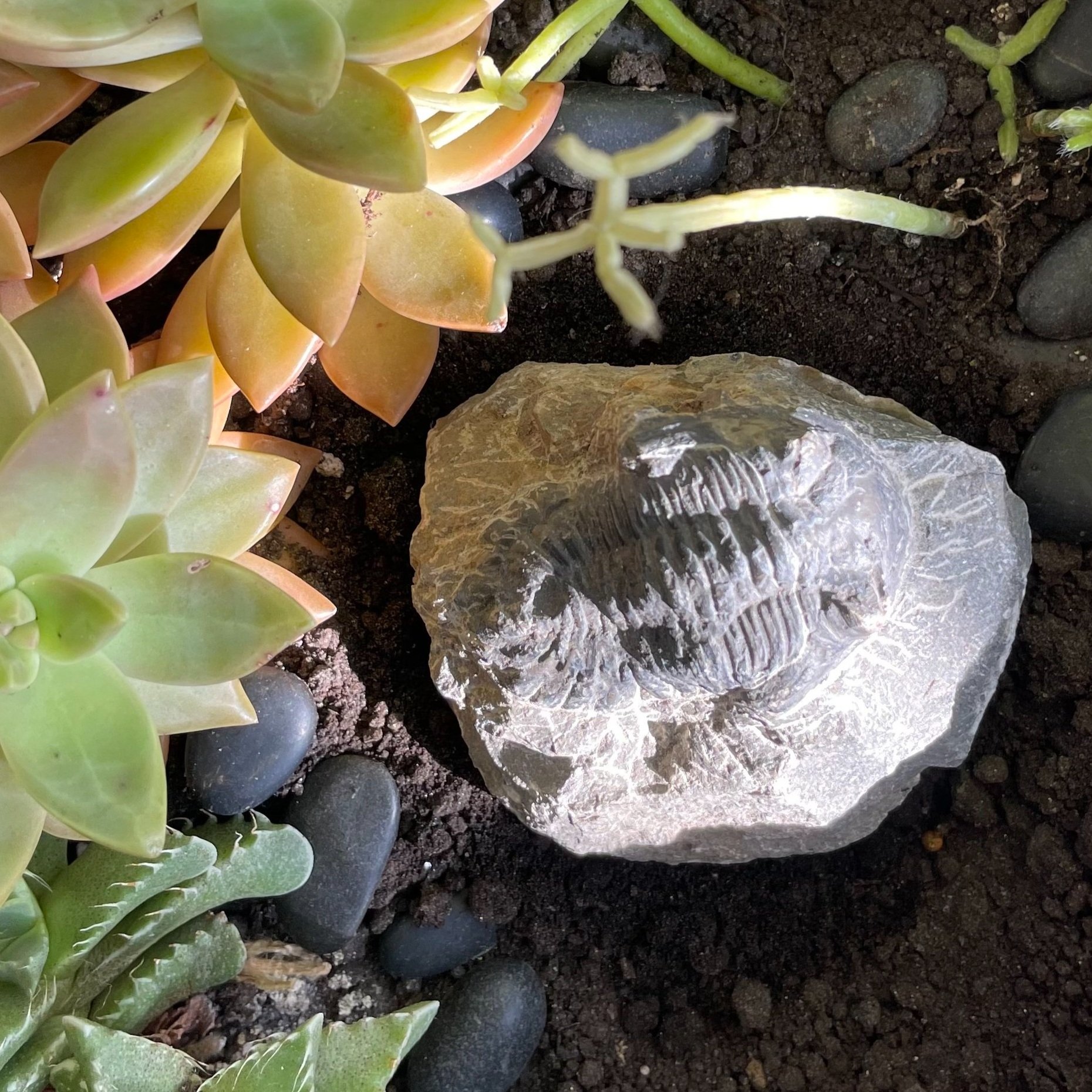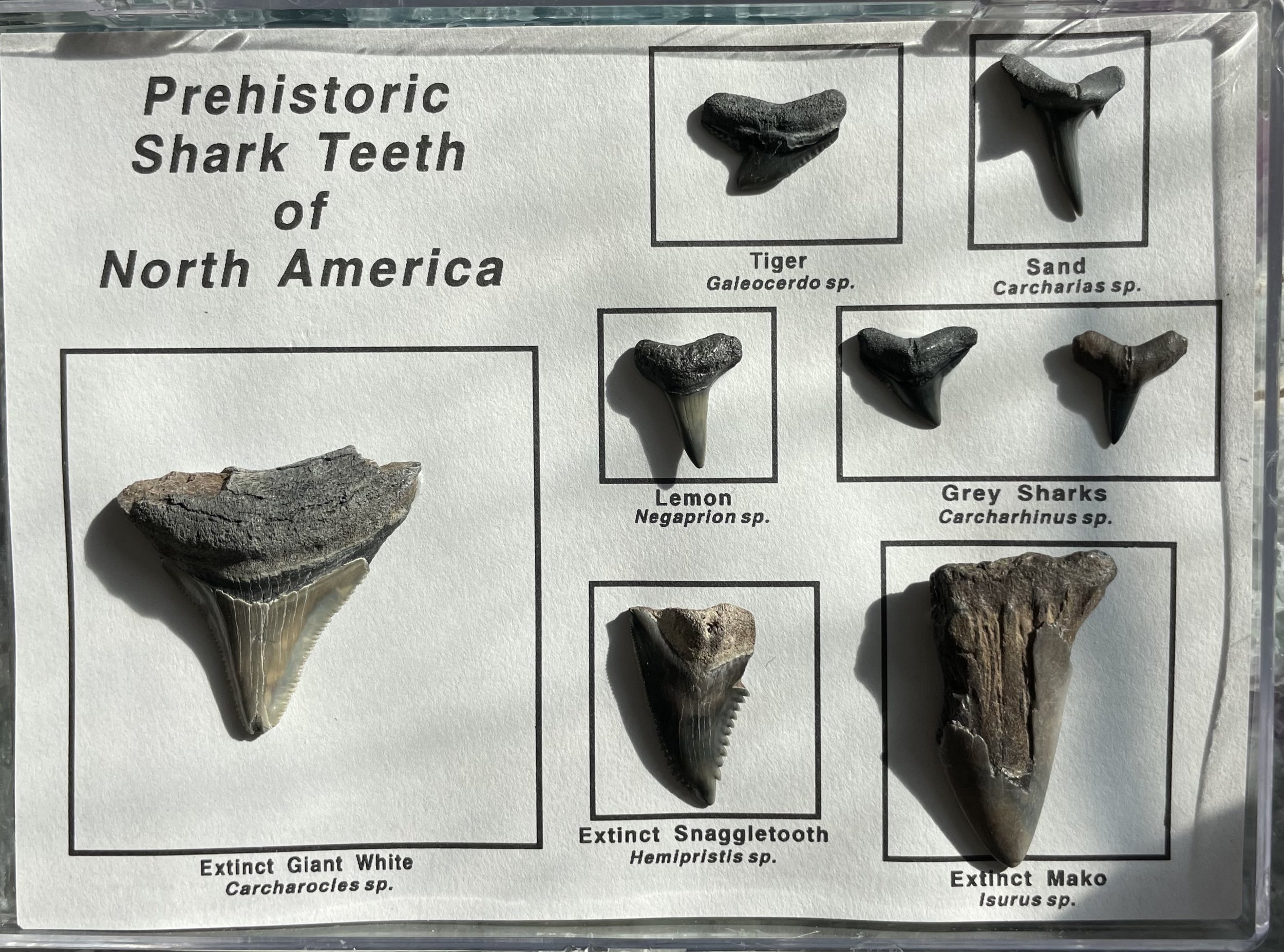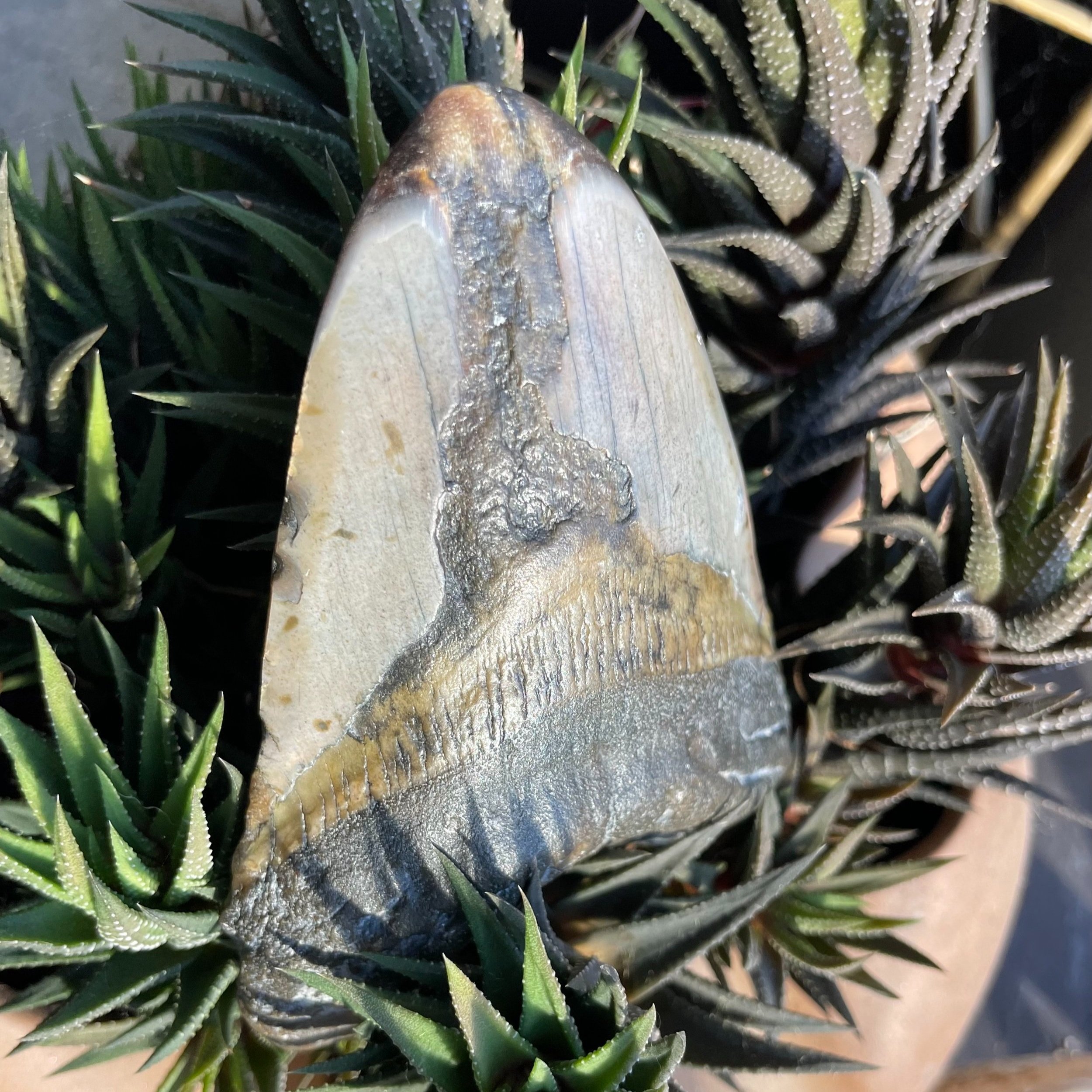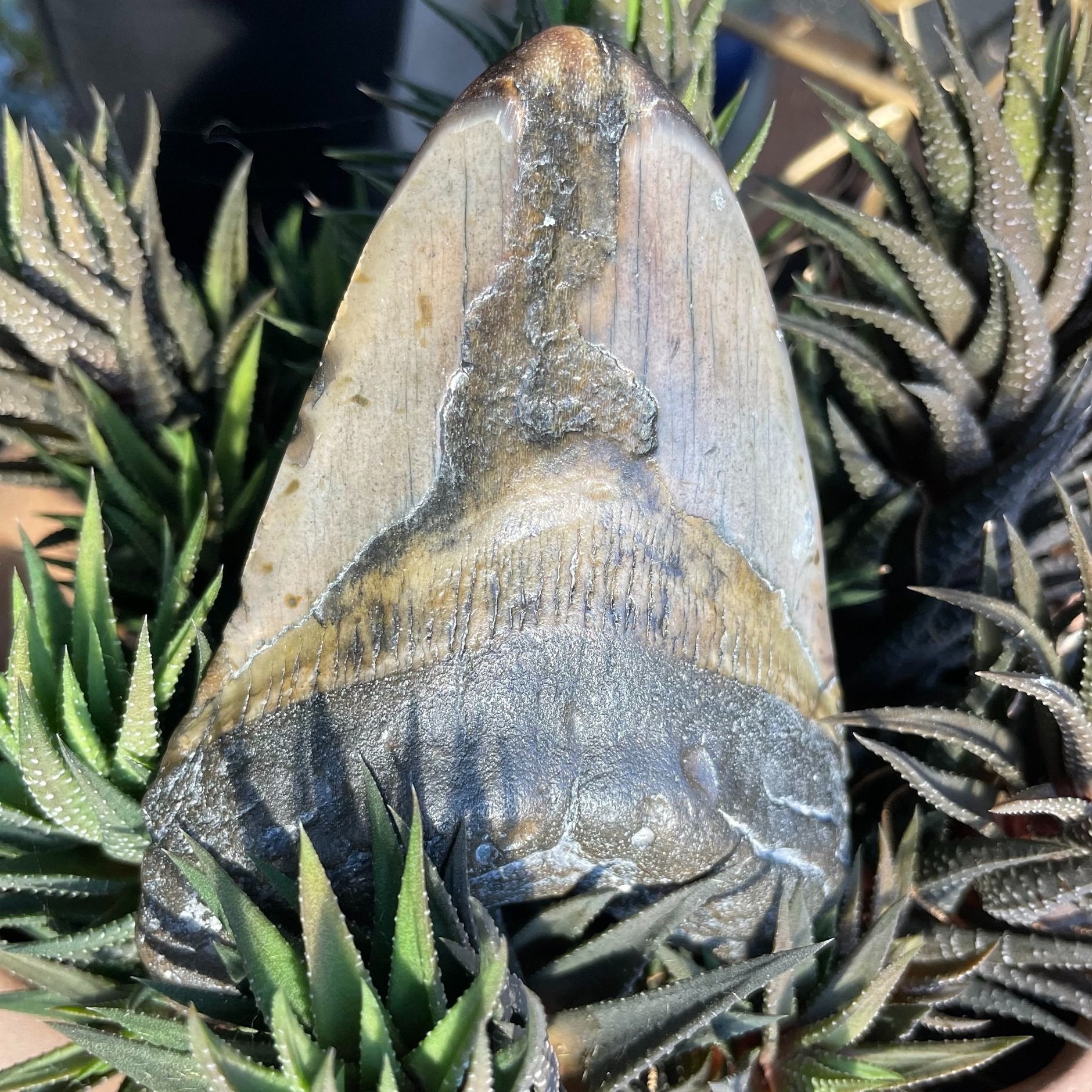Fossilized Oreodont
These three specimens of a fossilized Oreodont, an ancient mammal from the Pliocene Age, were found in the Badlands of South Dakota, USA. The collection includes:
Maximum Preservation Upper Jaw - This specimen showcases the upper jaw in exceptional detail, preserving the teeth and bone structure.
Partial Upper Jaw & Eye Socket - Featuring a portion of the upper jaw with the eye socket, providing insight into the skull structure of this species.
Bottom Jaw - A fossilized bottom jaw that highlights the unique shape and teeth of this extinct creature.
Oreodonts, which lived around 20 to 25 million years ago, were herbivorous mammals that roamed North America. These fossils, with their fine preservation, offer a glimpse into the anatomy and life of a species that is now long extinct, helping to piece together the prehistoric ecosystems of the Pliocene period.
These three specimens of a fossilized Oreodont, an ancient mammal from the Pliocene Age, were found in the Badlands of South Dakota, USA. The collection includes:
Maximum Preservation Upper Jaw - This specimen showcases the upper jaw in exceptional detail, preserving the teeth and bone structure.
Partial Upper Jaw & Eye Socket - Featuring a portion of the upper jaw with the eye socket, providing insight into the skull structure of this species.
Bottom Jaw - A fossilized bottom jaw that highlights the unique shape and teeth of this extinct creature.
Oreodonts, which lived around 20 to 25 million years ago, were herbivorous mammals that roamed North America. These fossils, with their fine preservation, offer a glimpse into the anatomy and life of a species that is now long extinct, helping to piece together the prehistoric ecosystems of the Pliocene period.
These three specimens of a fossilized Oreodont, an ancient mammal from the Pliocene Age, were found in the Badlands of South Dakota, USA. The collection includes:
Maximum Preservation Upper Jaw - This specimen showcases the upper jaw in exceptional detail, preserving the teeth and bone structure.
Partial Upper Jaw & Eye Socket - Featuring a portion of the upper jaw with the eye socket, providing insight into the skull structure of this species.
Bottom Jaw - A fossilized bottom jaw that highlights the unique shape and teeth of this extinct creature.
Oreodonts, which lived around 20 to 25 million years ago, were herbivorous mammals that roamed North America. These fossils, with their fine preservation, offer a glimpse into the anatomy and life of a species that is now long extinct, helping to piece together the prehistoric ecosystems of the Pliocene period.

